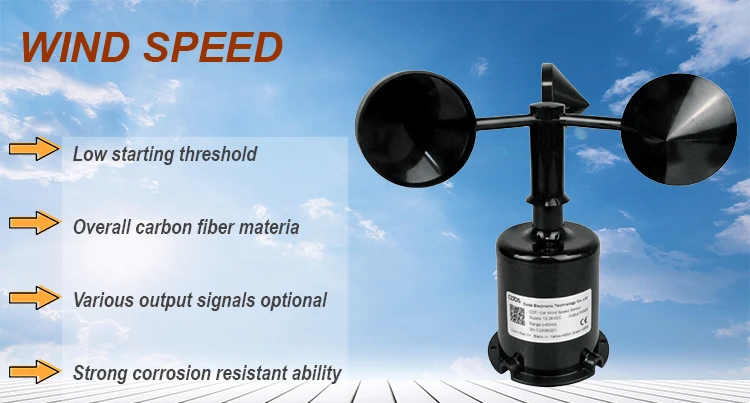
# Anemometer: Instrument to Measure Wind Speed
## Introduction to Anemometers
An anemometer is a device used to measure wind speed, an essential tool in meteorology, aviation, and environmental studies. These instruments play a crucial role in weather forecasting, wind energy assessment, and various industrial applications.
## Types of Anemometers
### Cup Anemometers
The most common type features three or four cups mounted on horizontal arms. As wind blows, the cups rotate, and the speed of rotation correlates with wind velocity.
### Vane Anemometers
These combine a propeller and a tail to measure both wind speed and direction simultaneously. They’re often used in weather stations and marine applications.
### Hot-Wire Anemometers
Using electrically heated wires, these measure wind speed by detecting changes in resistance caused by cooling from air flow. They’re particularly useful for low-speed measurements.
### Ultrasonic Anemometers
These advanced instruments use ultrasonic sound waves to measure wind speed and direction without moving parts, offering high accuracy and reliability.
## How Anemometers Work
The basic principle involves converting wind’s kinetic energy into measurable mechanical or electrical signals. Cup anemometers count rotations per time period, while ultrasonic models measure time differences in sound wave transmission.
## Applications of Anemometers
– Weather forecasting and monitoring
– Wind turbine performance assessment
– Aviation safety
– Building ventilation studies
– Environmental research
– Industrial process control
## Choosing the Right Anemometer
Consider these factors when selecting an anemometer:
– Measurement range required
– Accuracy needs
– Environmental conditions
– Power requirements
– Data recording capabilities
– Portability needs
## Maintenance and Calibration
Regular maintenance ensures accurate measurements:
– Clean moving parts periodically
– Check for physical damage
– Calibrate according to manufacturer guidelines
– Protect from extreme weather when not in use
– Store properly when not in operation
## Future Developments
Emerging technologies in anemometry include:
– Miniaturized sensors for IoT applications
– Improved materials for harsh environments
– Enhanced data integration with weather systems
– AI-powered predictive analysis
– Wireless and remote monitoring capabilities
Anemometers continue to evolve, providing increasingly accurate wind speed measurements for diverse applications across multiple industries.
Keyword: instrument measure wind speed